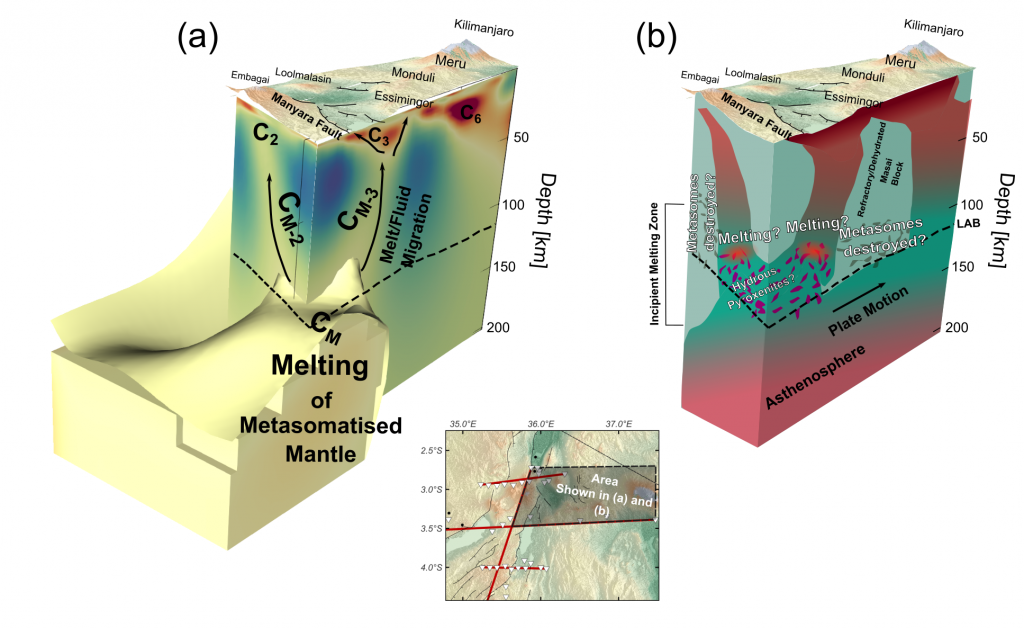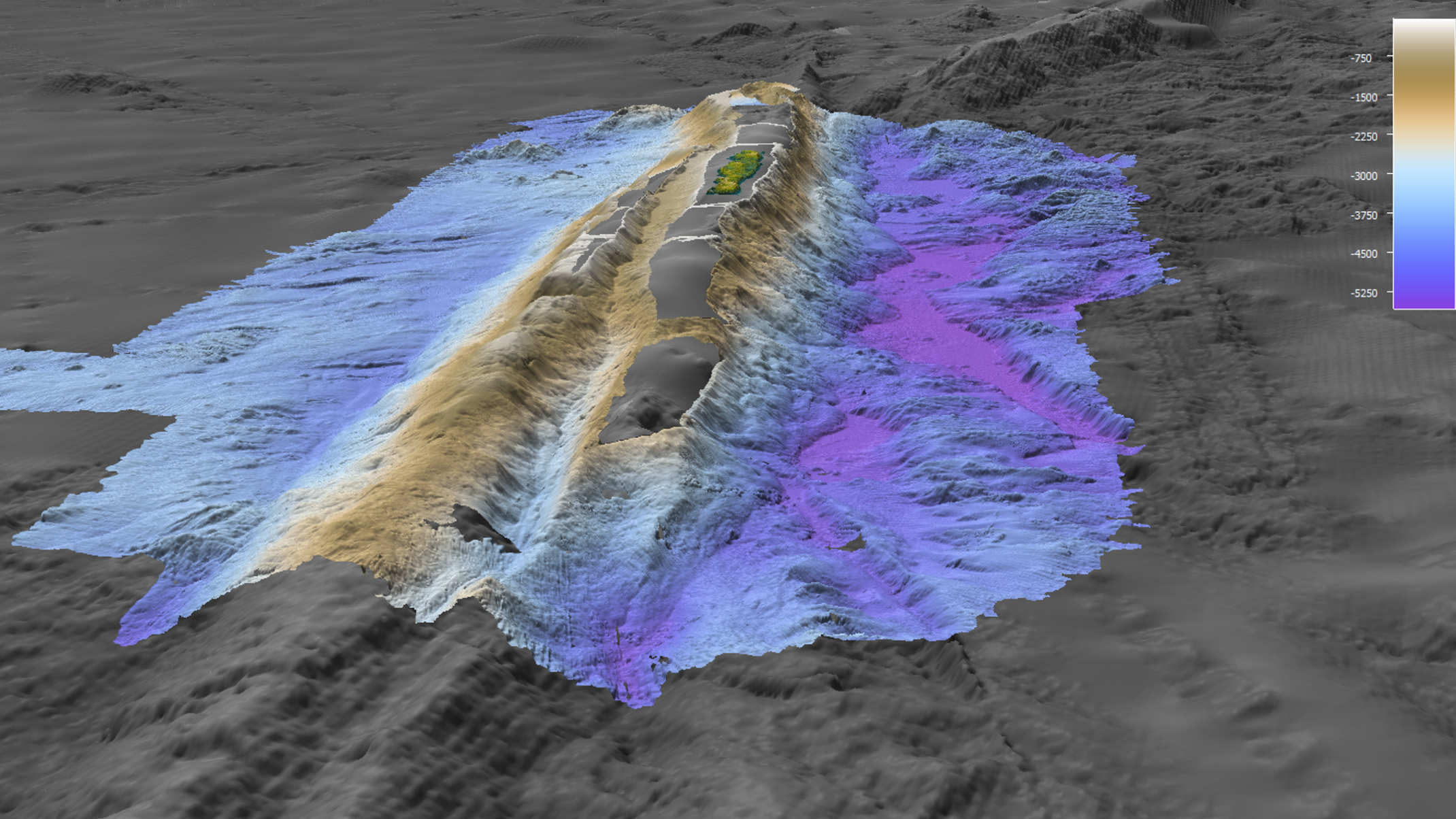Join us on Wednesday, 24th May at 11:00 am AEDT for the next talk in the EarthByte Seminar Series. Sinan Özaydın will be presenting his talk titled “Understanding the compositional nature and architecture of the lithosphere using magnetotellurics.”
The seminar will be held at the following location: Madsen Building Room 449, School of Geosciences, University of Sydney. For those unable to attend in person, the talk will also be streamed live via Zoom. Please register here for Eventbrite Link
Don’t miss this opportunity to expand your knowledge on the magnetotelluric method and its implications for understanding the Earth’s composition and architecture. We look forward to your participation!
Understanding the compositional nature and architecture of the lithosphere using magnetotellurics
The magnetotelluric method is a now widely-used geophysical technique to image the subsurface variations of electrical conductivity within the scope ranging from a few hundred meters to several hundred kilometres. The method especially garnered attention from the mineral exploration industry after it was responsible for imaging lithospheric conductive pathways towards the Olympic Dam IOGC deposits at the surface, also colloquially known as the “fingers of the gods”.
It is quite often the case that the electrical conductivity models produced appear enigmatic and elusive. One way to resolve the mystery behind these anomalies is to use experimental electrical conductivity and petrology studies to make quantified interpretations of these models. Unlike seismic velocities being sensitive to temperature and bulk composition mostly, electrical conductivity is also highly sensitive to water (OH^-) bound to nominally anhydrous minerals and minor phases if they are sufficiently interconnected, such as melts or hydrous minerals.
This talk will briefly introduce the magnetotelluric method, what electrical conductivity anomalies theoretically mean in the lithosphere, and what plate tectonic problems it can unravel. We will explore the relationship between electrical conductivity anomalies, intracontinental magmatism, mantle xenoliths and tectonic history in the light of many case studies worldwide and what further interdisciplinary efforts can be made to turn the magnetotelluric method into one of the most powerful tools to image the Earth.

![]()

